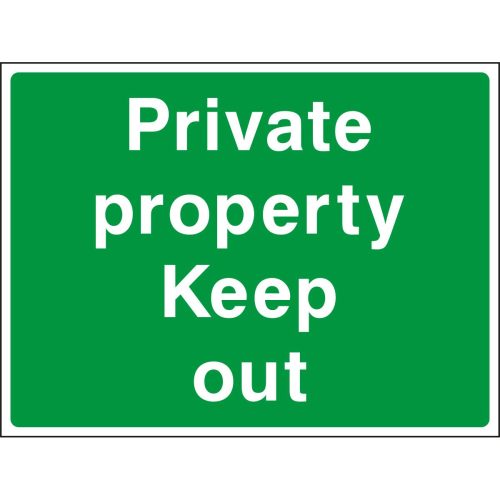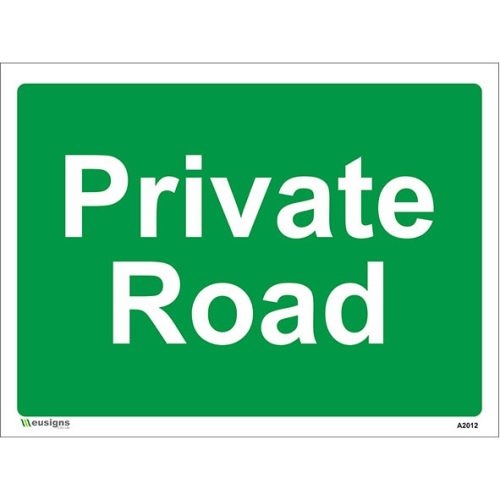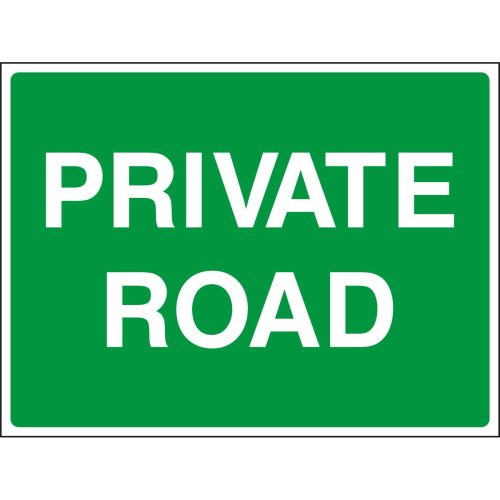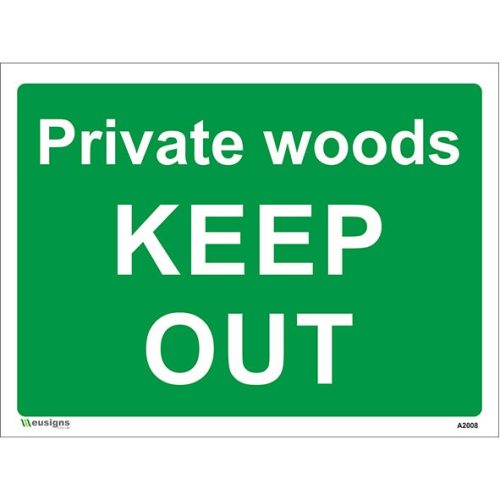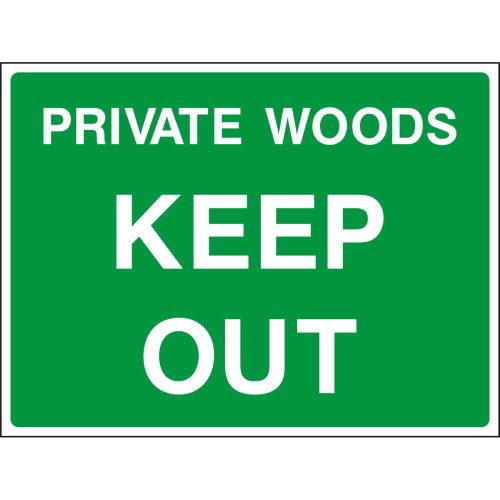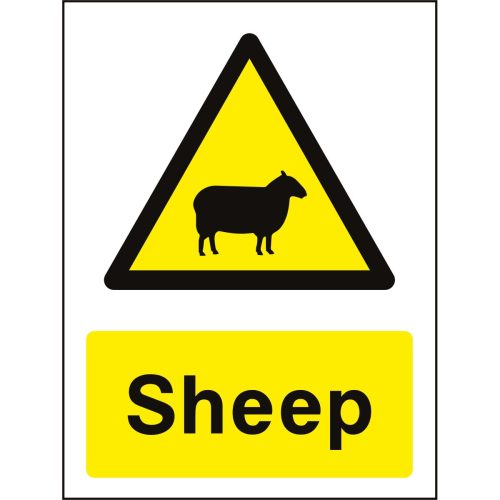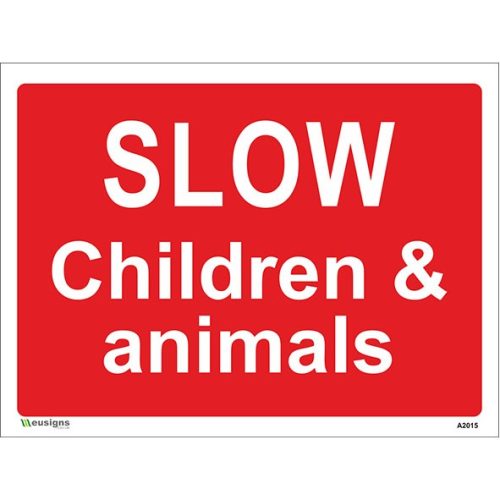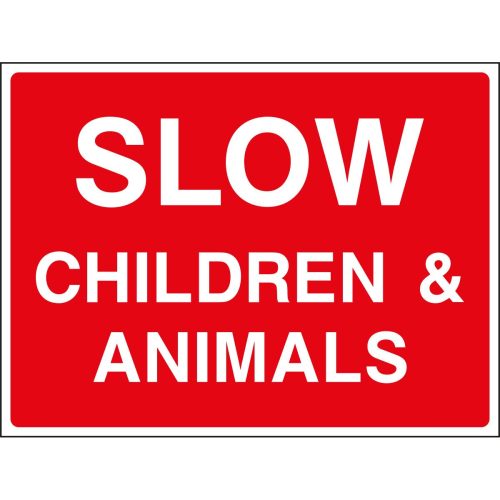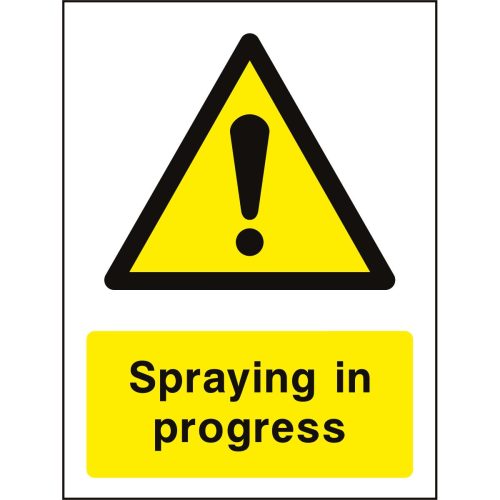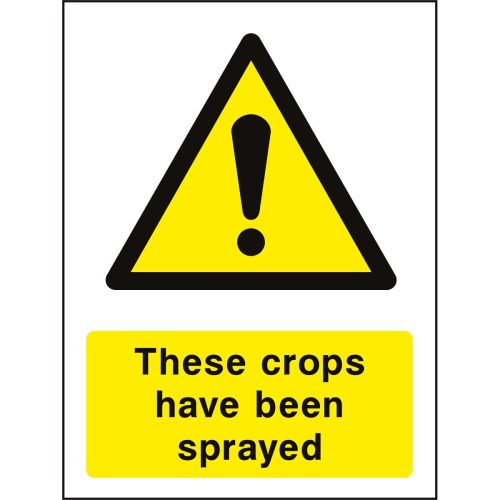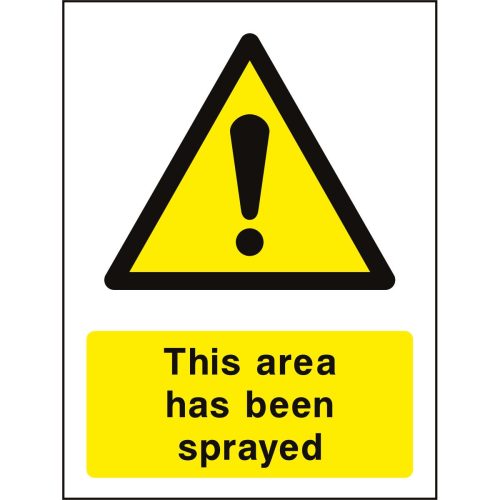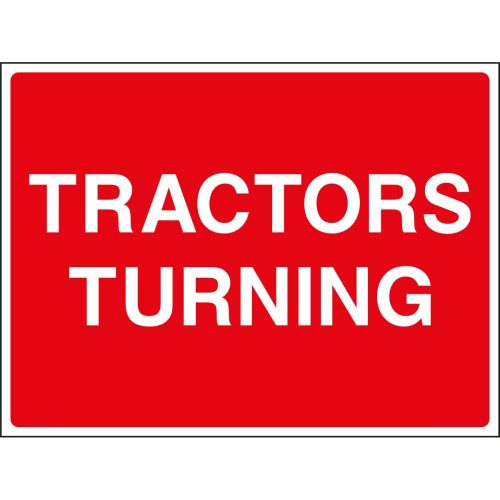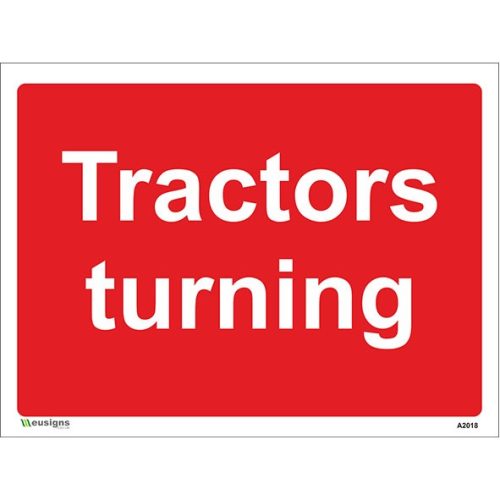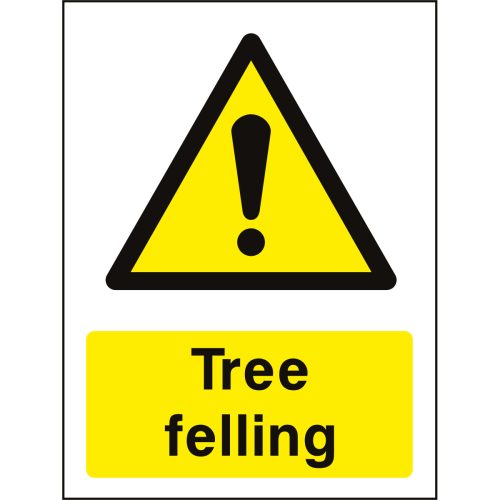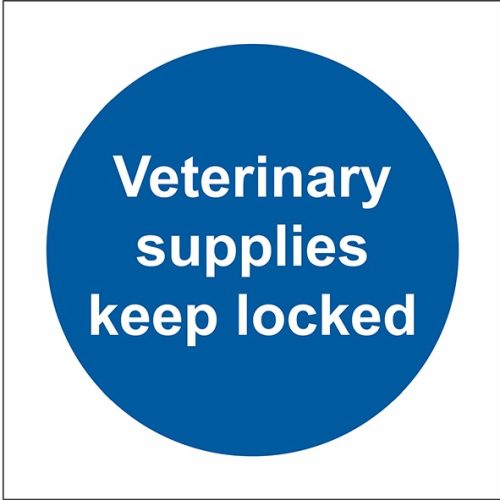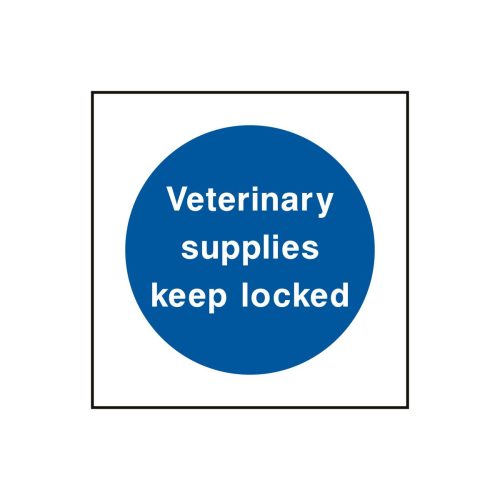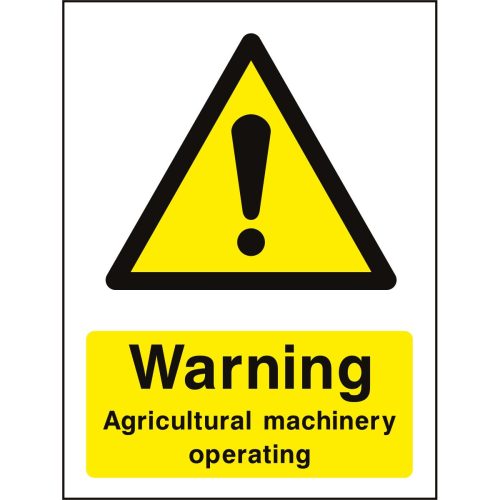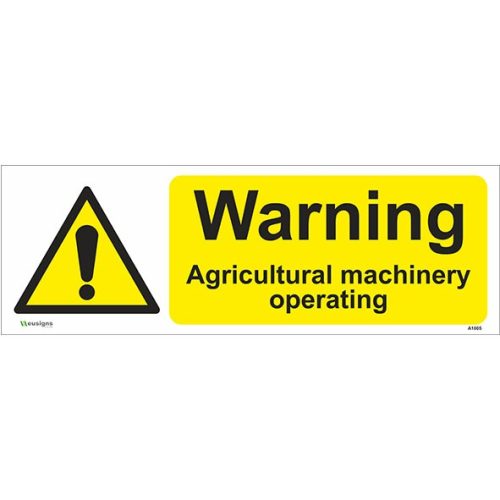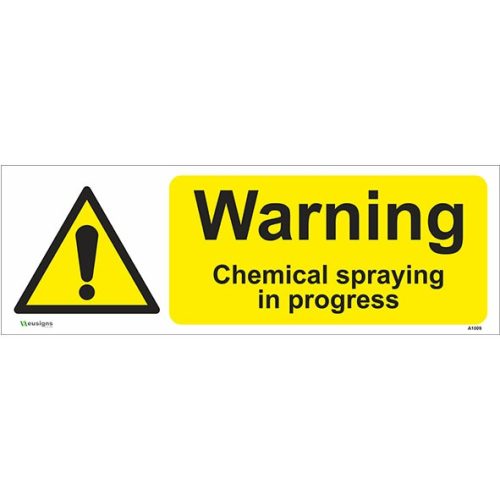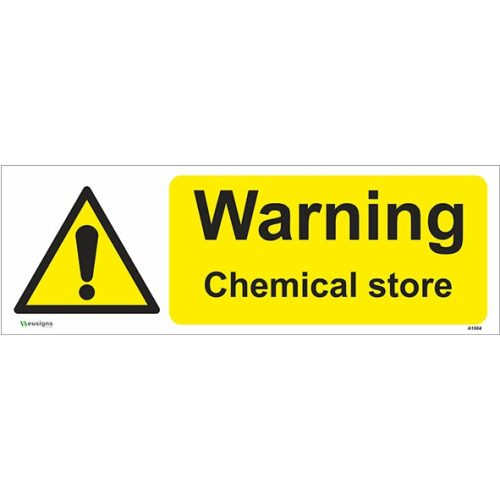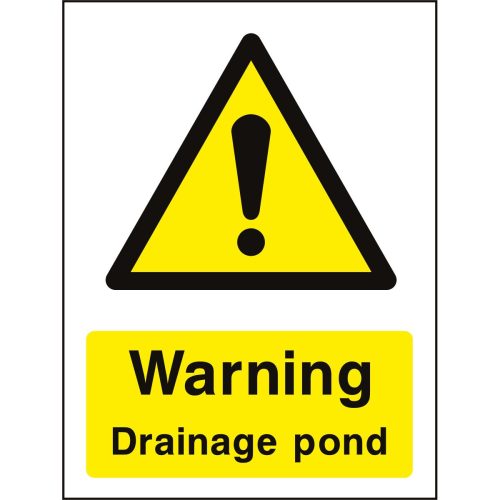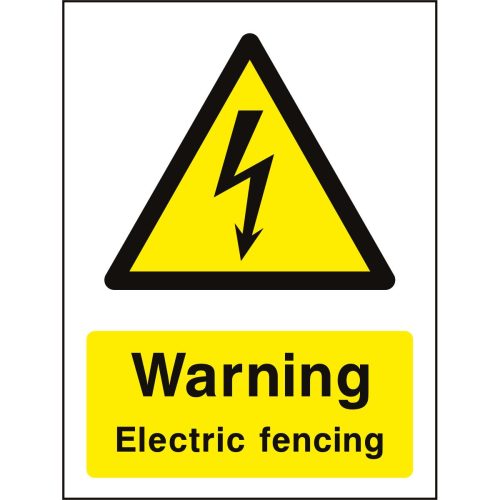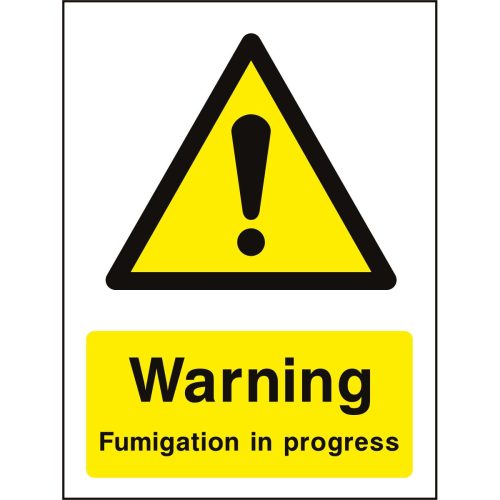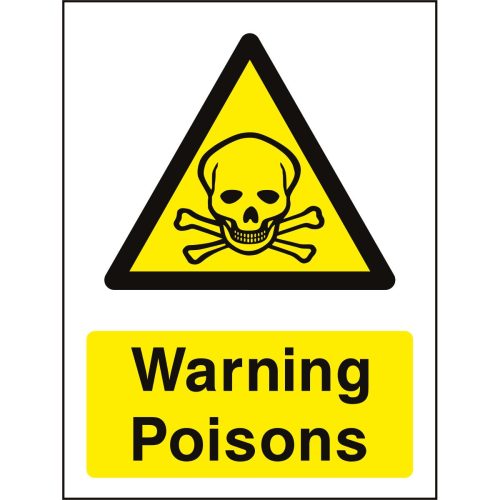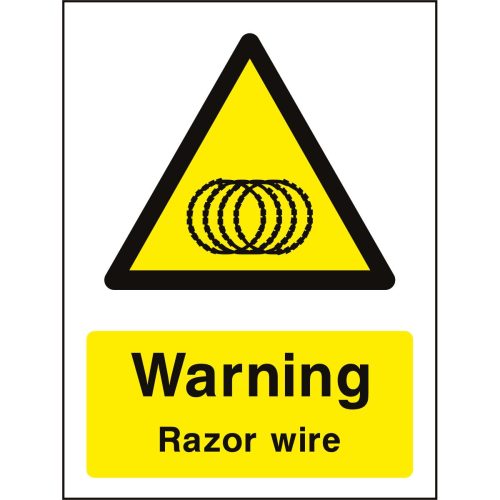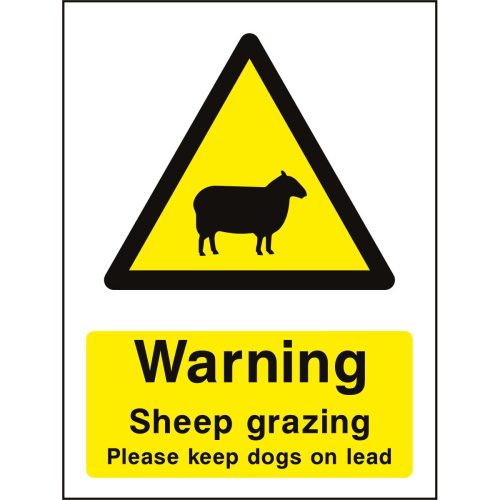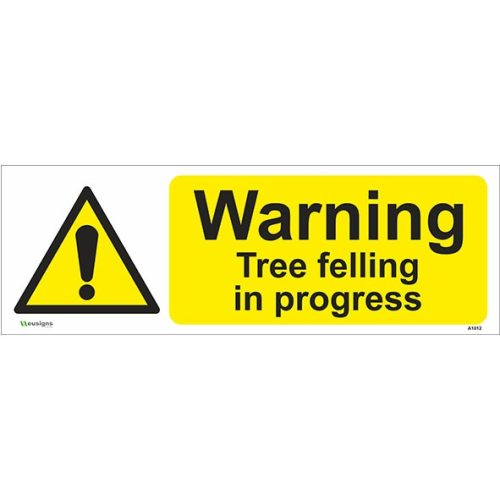Filter by price
Shop agricultural signs made in the UK
Farms and estates are complex, fast-moving workplaces. Therefore, you need clear, durable and compliant signage that people recognise instantly and obey without hesitation. Our agricultural signs are designed and manufactured in Britain for real field conditions: mud, rain, dust, chemicals, and heavy plant traffic. Moreover, each board follows the intent of BS 5499 & EN ISO 7010, so inspectors see correct symbols, strong colour contrast and sensible hierarchy. Because we print and finish in-house, we keep quality tight, lead times short and reorders consistent. Consequently, when your team changes a run or opens a new paddock, the signage arrives ready to fit, no fuss, no delays.
What agricultural signs cover across the farm
Unlike generic workplace boards, farm safety messages must address moving plant, livestock behaviour, seasonal tasks and public access. Therefore, typical applications include vehicle movements around yards, PTO and auger hazards, chemical stores, slurry lagoons, grain silos, electric fencing, shooting areas, dog control, public rights of way, and biosecurity controls at shed doors. Additionally, you may need bilingual legends or symbols plus text for visitors and seasonal workers. Because each area carries different risks, our layouts keep the ISO 7010 pictogram dominant while supplementary text clarifies the exact hazard or instruction.
Key hazard groups you should cover
Start with entanglement and crush risks around tractors, loaders, telehandlers and balers. Then address dangerous atmospheres near silage pits, slurry stores and grain handling systems. Next, control animal-related risk with clear boards at stable doors, livestock sheds and paddocks; especially during calving and lambing. Furthermore, manage chemical and fuel stores with warning and prohibition messages that match your COSHH assessments. Finally, deal with public access: footpaths, permissive routes and school visits demand extra clarity, so place signs before decision points and repeat at long approaches.
Compliance and clarity: built into every board
Clarity saves seconds; seconds prevent injuries. Consequently, our artwork keeps the ISO 7010 pictogram large and unobstructed, with concise text beneath or alongside. We use high-contrast yellow/black for warnings, blue circles for mandatory instructions, and red circles/bars for prohibitions, exactly as UK readers expect. Moreover, we supply symbol references and material specs on request, which helps when auditors review your risk controls. For wider context on farm safety, you can review the Health and Safety Executive’s guidance for agriculture (external): HSE – Agriculture safety. Because that guidance aligns with practical risk management, your signage plan will reinforce what you brief in tool-box talks.
Choosing materials that survive the job
Farms are tough on equipment, so substrates must be tougher. Therefore, we offer practical options for indoor and outdoor use. All boards print at high resolution with UV-stable inks; optional laminates add chemical and abrasion resistance.
- Vinyl Sticker: Smooth doors, tanks and cabinets; fast to apply and easy to replace.
- 2 mm Rigid Plastic (PVC): Lightweight, economical and ideal for interiors.
- 3 mm Foamex: Rigid, clean edges; suitable for sheds, corridors and gates.
- 5 mm Foamex: Extra stiffness for wider spans and harsher handling.
- 3 mm Aluminium Composite (ACP): Long-term outdoor durability on fences and posts.
- 5 mm Aluminium Composite (ACP): Maximum rigidity for exposed perimeters and yards.
- Photoluminescent (“glow in the dark”): For low-light sheds and night operations.
Standard sizes for fast ordering
Select sizes to match viewing distance and approach speed rather than defaulting to paper formats. Our stocked options cover doors, gates, hoardings and yard perimeters:
- 150 × 200 mm
- 200 × 300 mm
- 300 × 100 mm
- 300 × 200 mm
- 300 × 400 mm
- 400 × 300 mm
- 400 × 600 mm
- 600 × 200 mm
- 600 × 400 mm
If you cannot find what you need, email sales@eusigns.co.uk. We will spec a panel that fits your viewing distance, background and fixing method, then keep that spec on file for repeat orders.
Planning agricultural signs that people can’t miss
Placement matters as much as print. Therefore, mount boards at genuine decision points: before yard entries, on the approach to sheds, beside chemical stores, at the start of tracks, and at field gateways. Moreover, set centreline around 1.4-1.7 m for pedestrian areas and raise signs for vehicle routes so operators see them over bonnets and attachments. Additionally, repeat messages along long approaches and after bends. If glare is common, choose a matte or anti-graffiti laminate; if mud is inevitable, schedule a quick wipe during daily checks. Because clutter kills attention, give each warning visual space and avoid stacking messages tightly together.
Specific placement tips that reduce incidents
At livestock sheds, place agricultural signs on the approach, not only on the door. That way, handlers adjust before they reach the threshold. At slurry lagoons and pits, combine warning boards with barriers and mandatory controls, then repeat the message at each access side. On tracks shared with the public, pair prohibitions with wayfinding so walkers choose the right route without wandering into working areas. Finally, in seasonal operations —harvest, calving, lambing— use temporary boards in addition to fixed signs; then remove them once the risk passes so your site never becomes “sign blind”.
Custom legends, bilingual text and asset IDs
Standard pictograms keep you compliant; custom text makes messages unmistakable. Consequently, we offer bilingual legends (for seasonal labour), asset IDs, QR codes to SOPs, and site references without crowding the layout. We maintain consistent fonts and margins so every board looks intentional. Furthermore, if vandal resistance matters, choose an anti-graffiti laminate; if residue is a concern on clean surfaces, request low-tack removable adhesive. Because we store your artwork masters, reorders arrive identical – same colours, same spacing, same hole positions – every time.
Durability and sustainability
We choose substrates for performance and footprint. Where practical, we specify recyclable plastics and ACP with recyclable cores. Moreover, solvent-resistant laminates allow cleaning without ghosting, which extends service life around fuel stations and chemical stores. When projects change, you can often relocate non-adhesive boards to new phases, which saves money and reduces waste. Additionally, if your ESG reporting needs support, we can supply material data and end-of-life notes for your files.
Integrating agricultural signs with your procedures
Signs work best when they reinforce the process. Therefore, reference each board in your risk assessments, visitor briefings and toolbox talks. Add QR codes that link to isolation steps, animal handling SOPs or chemical data sheets; as a result, the person at the gateway sees both the symbol and the next action. For multi-site estates, build a simple signage schedule – legend, size, material, fixing and location – so procurement and installers work from the same page. Because we hold your master files, repeat packs stay consistent across farms and seasons.
Related categories to complete your pack
For a coherent look and simpler ordering, pair your agricultural signs with complementary ranges. Start with Warning Signs for hazard triangles across yards and sheds. Add blue-circle instructions from Mandatory Signs where PPE or lock-off is required. Use red-bar messages from Prohibition Signs to restrict access around chemical stores and lagoons. Then explore the full Health & Safety Signs catalogue to standardise across your estate. If you need advice or a bulk quote, contact us and we’ll specify everything in one clear schedule.
How to choose sizes sensibly (quick method)
Do not guess. Instead, start from viewing distance and environment. As a quick rule, larger panels suit long approaches, fast vehicle routes and cluttered backdrops; smaller boards work at close-range doors and cabinets. For a structured approach, use our Safety Sign Size Guide. Because that page explains the distance-factor method, you can justify your choices confidently during audits and reviews.
Ordering and installation
Because we manufacture in Borehamwood, we control quality, colour and deadlines. We provide free local delivery within 3 miles of WD6 and ship nationwide quickly. Additionally, we can pre-drill holes, radius corners and pack by area or building so installers move faster. On smooth panels, VHB tape gives a clean bond; on timber or masonry, use stainless fixings with backing washers. For chain-link fencing, cable-tie ACP boards using the pre-drilled holes. Finally, once fitted, record sign positions on your plan so maintenance stays easy and replacements arrive with the right holes and fixings.
Why EU Signs for agricultural signs
We print on UV flatbed and solvent platforms, we cut on CNC for clean edges, and we finish by hand so every board sits flat and looks sharp. Consequently, you get British-made quality, straight pricing and dependable lead times, even during busy seasons. Moreover, our team understands how farms work, so recommendations are practical, not theoretical. If you want one supplier for farm boards, vehicle graphics and site wayfinding, we’ll build a house style and keep it consistent across your estate. That way, your agricultural signs do what they are supposed to do: warn, inform and direct; quickly, clearly and reliably.
Specifications at a glance
- UK-made signage aligned with BS 5499 & EN ISO 7010.
- Durable materials: Vinyl Sticker; 2 mm PVC; 3/5 mm Foamex; 3/5 mm ACP; photoluminescent on request.
- Stocked sizes from 150×200 to 600×400 mm; customs available.
- Optional anti-graffiti or matte laminate; pre-drilled holes and radius corners available.
- Free local delivery within 3 miles of WD6; fast UK shipping.
- Consistent reorders with stored artwork masters and clear SKU schedules.
Ready to spec your site?
Email sales@eusigns.co.uk with a simple list: area, hazard, message, viewing distance and substrate. We will return a straightforward schedule you can approve in minutes. Because clear planning drives safer work, your agricultural signs will land exactly where they need to be; on time and built to last.
Agricultural Signs
Agricultural signs are an essential part of ensuring safety in the farming and countryside industries. These signs are designed to warn people about potential dangers, provide directions and information, and promote safe practices. As with all health and safety signs, agricultural signs are governed by strict regulations to ensure their effectiveness.Shop by Categories
- Health and Safety Signs
- First Aid Signs
- Construction Signs
- Warning Signs
- Footpath Signs
- Combination Safety Signs
- Protective Equipment Signs
- Office Signs
- Social Distancing Essentials
- CCTV in Operation Signs
- Information Signs
- Garage Signs
- Health & Safety Posters
- Door Signs
- Health and Safety Stickers
- Custom Printed Banners
- Printed Business Stationery
- Workwear
- Deals
